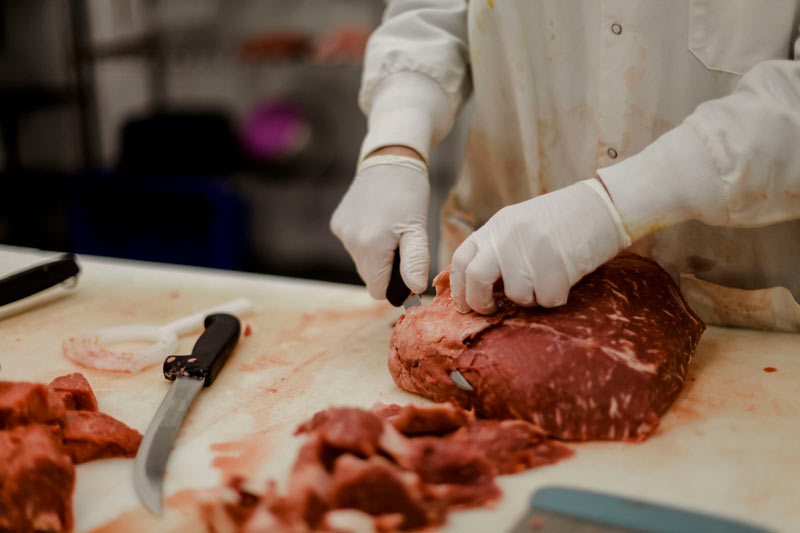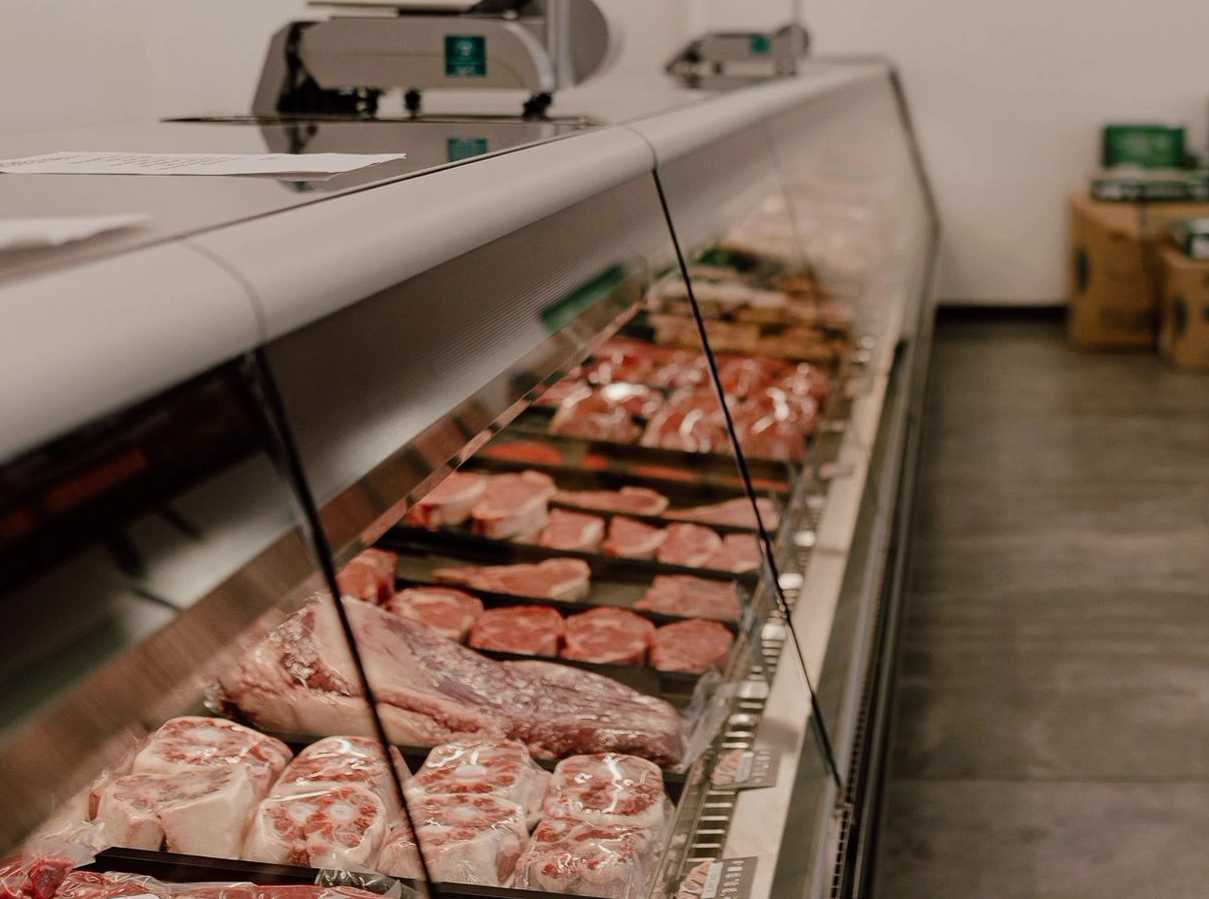Discover the Art of the Butcher's Cut in a Modern Meat Market
In the ever-evolving landscape of modern-day meat markets, the butcher's cut has transcended its conventional origins, merging olden craftsmanship with modern techniques. What truly establishes the modern butcher apart is their capacity to build a deeper connection between consumers and the origins of their meat.
Advancement of Butchery Strategies
The development of butchery strategies shows an abundant tapestry of advancement and adjustment driven by innovations in technology, adjustments in consumer demand, and a much deeper understanding of meat science. Historically, butchery was a craft passed down via generations, with approaches honed over centuries to maximize return and taste. Nonetheless, the commercial change ushered in mechanization, changing typical methods and enabling massive handling.
The mid-20th century saw butchery techniques additionally fine-tuned by scientific understandings right into muscle biology and meat aging, enhancing both inflammation and taste. Technologies like vacuum packaging and refrigeration prolonged item shelf-life, enabling butchers to diversify offerings and enhance top quality control. This duration additionally noted the surge of customized devices, such as band saws and meat slicers, which boosted precision and performance in meat processing.

The 21st century has presented digital technology right into the butchery realm. Computerized systems currently help in monitoring animal provenance and maximizing cuts to meet certain customer preferences. Additionally, a resurgence in artisanal butchery has actually emerged, blending traditional skills with contemporary knowledge to accommodate consumers looking for ethical and lasting meat alternatives. This development underscores a vibrant interplay between practice and advancement, meeting modern demands while maintaining the craft's heritage.
Recognizing Meat Cuts
Recognizing the complexities of meat cuts is important for both butchers and consumers looking for high quality and value. Each cut originates from a various component of the animal, presenting one-of-a-kind flavors, textures, and food preparation techniques - bagley farms meat market edwardsville il. Mastery of these differences not only enhances cooking experiences but additionally makes the most of the utility of each carcass. For butchers, specific cuts show ability and respect for the craft, making certain minimal waste and ideal return.

Comprehending muscle mass structure is essential; muscle mass made use of more often by the pet tend to be tougher and are best matched for slow cooking techniques, while less-used muscles, like those located in the loin, are more tender and ideal for cooking or roasting. Familiarity with these differences encourages customers to make enlightened options, enhancing their cooking undertakings.
Choosing Quality Meat
Picking the right meat involves more than just choosing a visually enticing piece from the screen. The art of choosing top quality meat calls for a discerning eye and understanding of particular characteristics that signify freshness and excellence.
Secondly, think about the marbling, which refers to the white flecks of fat within the muscle. Proper marbling is a vital sign of tenderness and taste, as it melts throughout food preparation, enhancing the meat's juiciness. Bear in mind, greater marbling frequently from this source associates with exceptional top quality cuts, such as USDA Prime.
Appearance is one more important element; meat must feel strong to the touch, not slimed or overly soft. Furthermore, be conscious of the aroma. Fresh meat ought to have a tidy, neutral scent, complimentary from any type of sour or off-putting wikipedia reference smells.
Matching Cuts With Cooking Approaches

Conversely, tougher cuts like brisket and chuck roast are rich in collagen, which damages down right into jelly when cooked gradually. These cuts are perfect for braising or slow roasting, enabling the meat to tenderize over time and create deep, complicated flavors. Similarly, cuts such as short ribs and pork shoulder make out well with slow-cooking methods, where prolonged cooking times change their durable textures into delicious dishes.
Lamb shanks and oxtail, which require long term cooking to soften, are best prospects for stewing or sluggish simmering. These techniques coax out abundant, passionate flavors while keeping wetness. By recognizing the one-of-a-kind features of each cut, cooks and home chefs alike can boost their culinary developments, guaranteeing each meal is both satisfying and unforgettable.
The Butcher's Function Today
Navigating the evolving landscape of the modern-day meat market, the butcher's duty today prolongs past simple prep work of cuts. Contemporary butchers are culinary artisans, teachers, and supporters for lasting methods. They bridge the gap between the ranch and the fork by guaranteeing honest sourcing, recognizing pet husbandry, and prioritizing transparency in the supply chain. This change reflects the expanding customer demand for quality over amount, where provenance and pet well-being are extremely important.
Along with crafting accurate cuts, butchers now engage directly with clients, providing read the full info here cooking guidance and customizing selections to suit individual demands and choices. Their competence in meat aging, marbling, and taste accounts empowers customers to make educated choices, boosting their culinary experiences. This personalized solution exhibits the butcher's advancing duty as a relied on consultant in the kitchen.
Additionally, butchers are crucial in reducing waste, making use of entire animals to develop varied items such as sausages and stocks. This comprehensive technique not just respects the pet but also aligns with contemporary sustainability goals. By doing this, the modern-day butcher embodies both custom and advancement, adjusting to an ever-changing market while protecting the creativity and honesty of their craft.
Final Thought
Proficiency in recognizing diverse meat cuts and quality indicators empowers butchers to give enlightened referrals, lining up particular cuts with optimum cooking approaches. By recognizing historical methods while accepting contemporary demands, the butcher's role remains vital in today's sophisticated meat market.